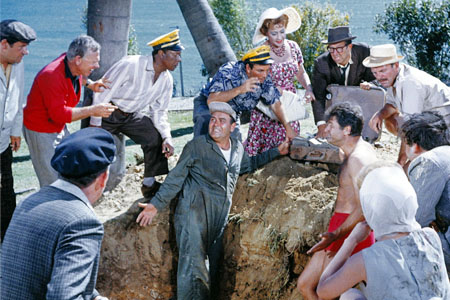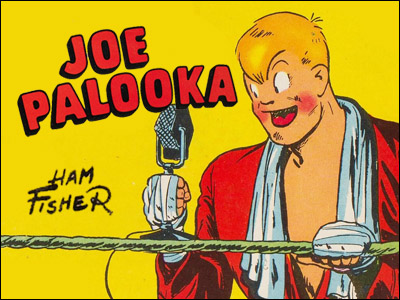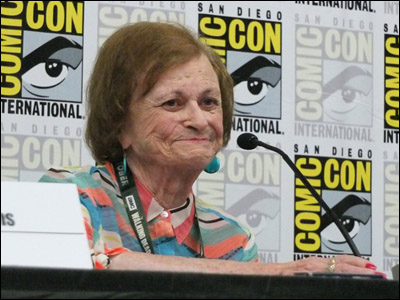Turner Classic Movies is running my favorite movie, It's a Mad, Mad, Mad, Mad World Monday. The schedule says that, at least on my cable service, it starts at 5:15 PM and is followed at 8 PM by It's Always Fair Weather. That would suggest they're running the 2 hour and 42 minute version of Mad World — which is the version I'd show if I were them.
On the TCM site, they list the running time for the movie as 3 hours and 12 minutes. I know a lot of people don't believe in science anymore but I believe it's still impossible to show a 192 minute movie in a 165 minute time slot.
The running time of this movie is actually difficult to discuss because there are all these different elements: The overture, the Intermission, the recorded police calls during the Intermission, the Entr'Acte, the Exit Music and a couple of different versions of the movie, trimmed and untrimmed. When someone cites a running time, they're sometimes counting some of those elements and not others. I believe though the version that TCM always shows is 162 minutes from the first note of music to the last. I could easily be wrong.

I would ordinarily tell you not to watch it, especially if you've never seen it before or haven't seen it in a very long time. I love this movie but I love it on a huge screen in one of these things we used to go to called a "movie theater." Google that term if you don't remember what that is. And it should also be seen with a packed audience that's primed to laugh. It's greatly diminished when viewed alone or with one other person on a small home screen.
However, it may be some time before it's possible to see it that way. And if they show it that way in the next few months at the Cinerama Dome in Hollywood — a theater that was literally built to show this movie — I'm not sure I'll even go.
It would be nice to. I first saw this film at the Cinerama Dome on 11/23/63 — the day after John F. Kennedy was assassinated, a day when the entire world was still in shock. One of the reasons I love it so much is that for for 201 minutes (the running time at that point), I was living in a world of very funny people…a world where insane things happened but at least no one shot the President.
Some but not all of my affection for this movie flows from that. The rest has a lot to do with the age I was when I first saw it, my affection then and now for the performers, my affection for how fascinating every moment of the film is to me, and affection of other factors too numerous to mention.
I'm not recommending watching it on TCM but because it may be a while before you can see it the right way. I'm also not recommending not watching it on TCM. Proceed at your own risk. And if you don't like it there, don't judge it by that.




